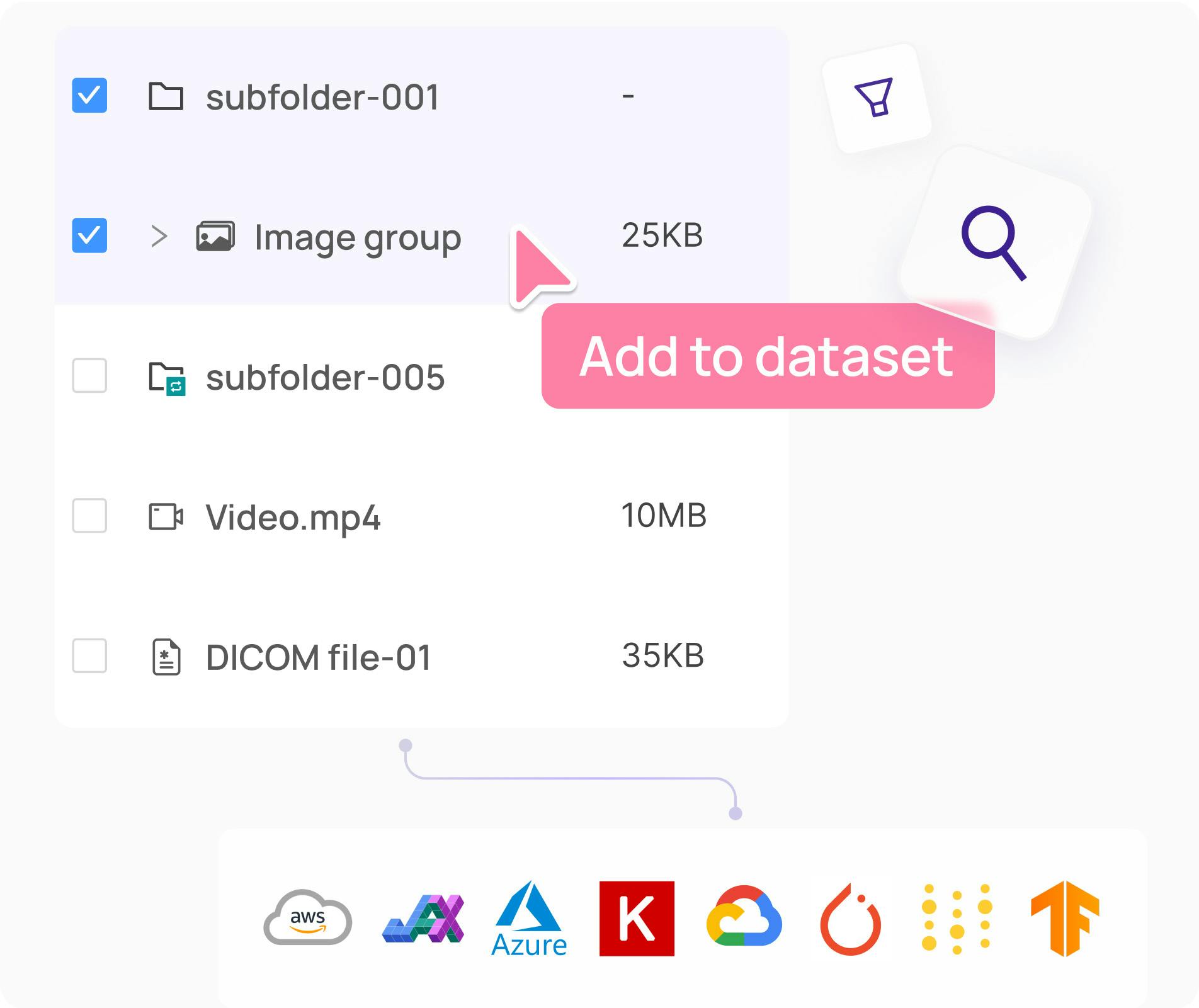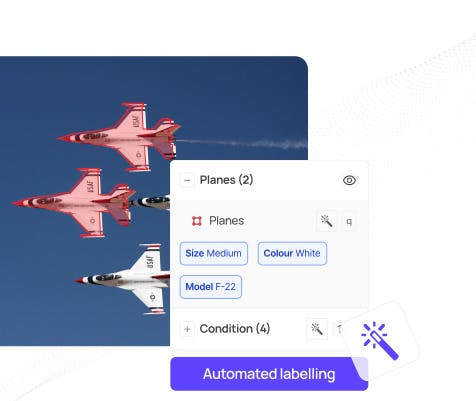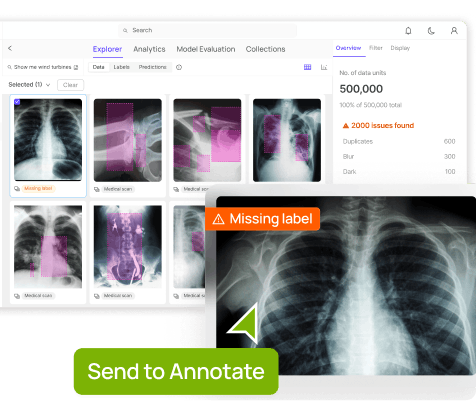Contents
Importance of AI Evaluations
Traditional vs. Modern Evaluation Methods
Rubric-Based Evaluation
Implementation and Iteration
Human and Programmatic Evaluations
Key Takeaways
Encord Blog
Webinar Recap - Precision at Scale: Reimagining Generative AI Evaluation for Real-World Impact
5 min read

Generative models are being deployed across a range of use cases, from drug discovery to game design. The deployment of these models in real-world applications necessitates robust evaluation processes. However, traditional metrics can’t keep up with today’s generative AI.
So we had Weights & Biases join us on a live event to explore rubric-based evaluation — a structured, multi-dimensional approach that delivers deeper insight, faster iteration, and more strategic model development.
This article recaps that conversation, diving into the importance of building effective evaluation frameworks, the methodologies involved, and the future of AI evaluations.
Importance of AI Evaluations
Deploying AI in production environments requires confidence in its performance. Evaluations are crucial for ensuring that AI applications deliver accurate and reliable results. They help identify and mitigate issues such as hallucinations and biases, which can affect user experience and trust. Evaluations also play a vital role in optimizing AI models across dimensions like quality, cost, latency, and safety.
Traditional vs. Modern Evaluation Methods
Traditional evaluation methods often rely on binary success/fail metrics or statistical comparisons against a golden source of truth. While these methods provide a baseline, they can be limited in scope, especially for applications requiring nuanced human interaction. Modern evaluation approaches incorporate rubric-based assessments, which consider subjective criteria such as friendliness, politeness, and empathy. These rubrics allow for a more comprehensive evaluation of AI models, aligning them with business and human contexts.
Rubric-Based Evaluation
Rubric-based evaluations offer a structured approach to assess AI models beyond traditional metrics. By defining criteria such as user experience and interaction quality, businesses can ensure their AI applications meet specific objectives. This method is customizable and can be tailored to different use cases and user groups, ensuring alignment across business operations.
Implementation and Iteration
Implementing rubric-based evaluations involves starting with simple cases and gradually expanding to more complex scenarios. This iterative process allows for continuous improvement and optimization of AI models. By leveraging human evaluations alongside programmatic assessments, businesses can gain deeper insights into model performance and make informed decisions about deployment.
Human and Programmatic Evaluations
Human evaluations provide invaluable context and subjectivity that programmatic methods may lack. However, scaling human evaluations can be challenging. Programmatic evaluations, such as using large language models (LLMs) as judges, can complement human assessments by handling large datasets efficiently. Combining both approaches ensures a balanced evaluation process that mitigates biases and enhances model reliability.
Key Takeaways
The integration of rubric-based evaluations into AI development processes is essential for creating robust and reliable AI applications. By focusing on both human and programmatic assessments, businesses can optimize their AI models for real-world deployment, ensuring they meet the desired quality and performance standards. As AI technology continues to advance, the importance of comprehensive evaluation frameworks will only grow, driving innovation and trust in AI solutions.
Explore the platform
Data infrastructure for multimodal AI
Explore product
Explore our products


